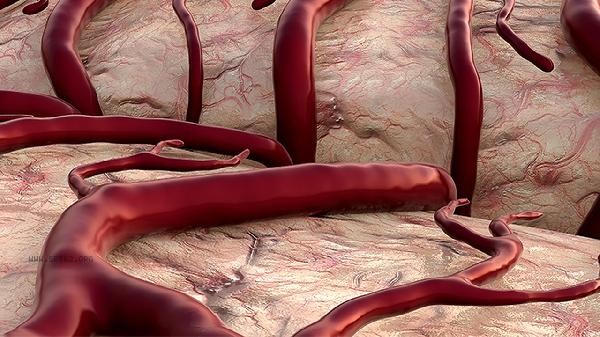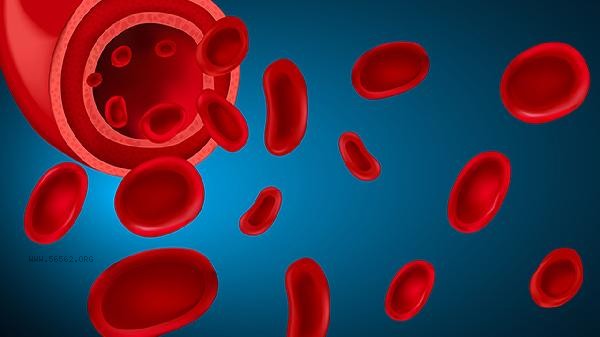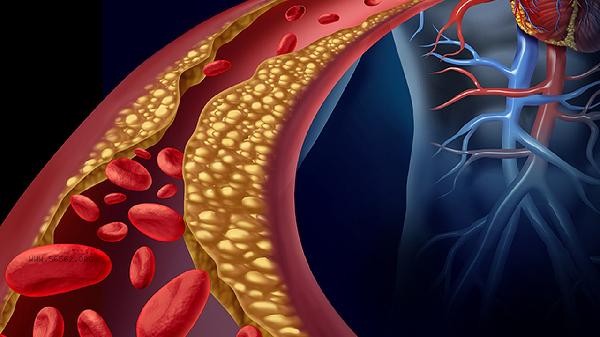Renal artery stenosis may indeed cause hypotension, which is mainly related to the imbalance of the renin-angiotensin system caused by reduced renal blood flow. Renal artery stenosis can limit the blood supply to the kidneys, thereby activating renin secretion and affecting blood pressure regulation. The treatment methods include drug therapy, interventional therapy, and lifestyle adjustments.

1. Causes of renal artery stenosis
Common causes of renal artery stenosis include atherosclerosis, fibromuscular dysplasia and arteritis. Atherosclerosis is the most common cause, which is mostly found in middle-aged and elderly people and is related to chronic diseases such as hypertension, hyperlipidemia and diabetes. Fibromuscular dysplasia is more common in young women, characterized by abnormal thickening of the arterial wall. Arteriitis such as Takayasu arteritis may also lead to renal artery stenosis, and a clear diagnosis needs to be made through imaging examinations.
2. How renal artery stenosis causes hypotension

Renal artery stenosis leads to reduced renal blood flow, activates the renin-angiotensin system, and may initially cause hypertension. But as the condition progresses, kidney function is impaired, renin secretion decreases, which may lead to hypotension. Renal artery stenosis may also cause renal ischemia, affecting systemic blood circulation and further exacerbating hypotension.
3. Treatment Methods
Drug therapy includes the use of vasodilators such as calcium channel blockers like amlodipine, ACE inhibitors like enalapril, and ARB drugs like losartan to improve renal blood flow. Interventional therapy such as renal artery stent implantation can effectively restore renal blood supply. Lifestyle adjustments including low salt diet, moderate exercise, and smoking cessation and alcohol restriction can help control blood pressure and improve overall health. Hypotension caused by renal artery stenosis needs to be managed through comprehensive treatment, and early diagnosis and intervention are crucial for improving prognosis. Regular physical examinations and blood pressure monitoring can help identify and address issues in a timely manner, avoiding the deterioration of the condition.









Comments (0)
Leave a Comment
No comments yet
Be the first to share your thoughts!